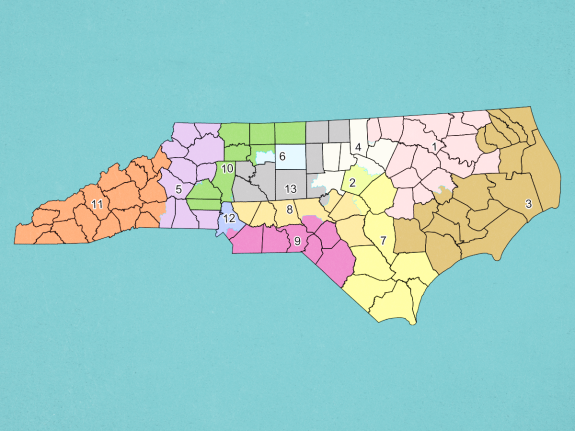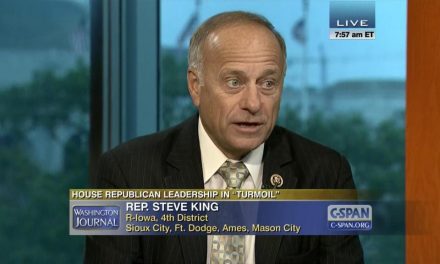Image Credits: ILLUSTRATION BY FIVETHIRTYEIGHT / NORTH CAROLINA GENERAL ASSEMBLY.
I usually have little patience for political idealism. I don’t waste a lot of time talking about the way things ought to be and dedicate most of my focus to making the best out of the way things are. But I think the controversy over North Carolina’s state and federal congressional districts offers my an opportunity to make a rare exception. Here’s the background:
It’s been a busy year for North Carolina district maps. In September, North Carolina’s state-legislative map was thrown out for violating the state constitution’s “free elections” clause. Within the month, Democratic-backed plaintiffs filed a similar lawsuit against the state’s U.S. House map, which was drawn to maximize the number of Republican districts. In October, a majority-Democrat panel of judges found that the map showed signs of “extreme partisan gerrymandering” and issued an injunction against it, and the Republican legislature passed a new map in mid-November. The Democratic plaintiffs argued that the boundaries were still not fair enough, but on Monday, the judges ruled in favor of the map, which will now be used for the 2020 elections.
The bottom line for the federal races is that the Democrats are basically assured of winning two more seats in the next election than they won in 2018. Instead of holding three out of the state’s thirteen seats in the U.S. House of Representatives, the Democrats should expect to hold five. Most political forecasters feel comfortable predicting that 8-5 split in favor of the Republicans right now, before we know who all the candidates will be or what kind of political environment they will face. The two doomed Republican incumbents seem to agree, as neither of them will seek reelection in their current district.
According to FiveThirtyEight, the Democrats stand virtually no chance of doing any better or worse than this.
,,,in North Carolina, partisan lean implies that Republicans would win eight out of the 13 new districts in a Republican wave year (R+10) … and in a neutral political environment … and in a Democratic wave year (D+9). In fact, Democrats would have to win the national popular vote for U.S. House by 13 percentage points to win a majority of North Carolina’s U.S. House seats (again, assuming the results tracked exactly with partisan lean).
These new maps are fairer than the old maps in the limited sense that the Democrats will come closer to getting their fair share of power based on their raw vote totals. But from a voter choice perspective, they could hardly be worse. None of the thirteen seats seems likely to result in any kind of surprise victor. Even badly damaged incumbents embroiled in the worst kind of scandals will have an excellent chance of winning reelection simply because every district has such a strong partisan lean.
This is a problem from an accountability standpoint, and it basically undermines the whole concept of having democratic elections. I feel comfortable saying that this is not how things ought to be.







